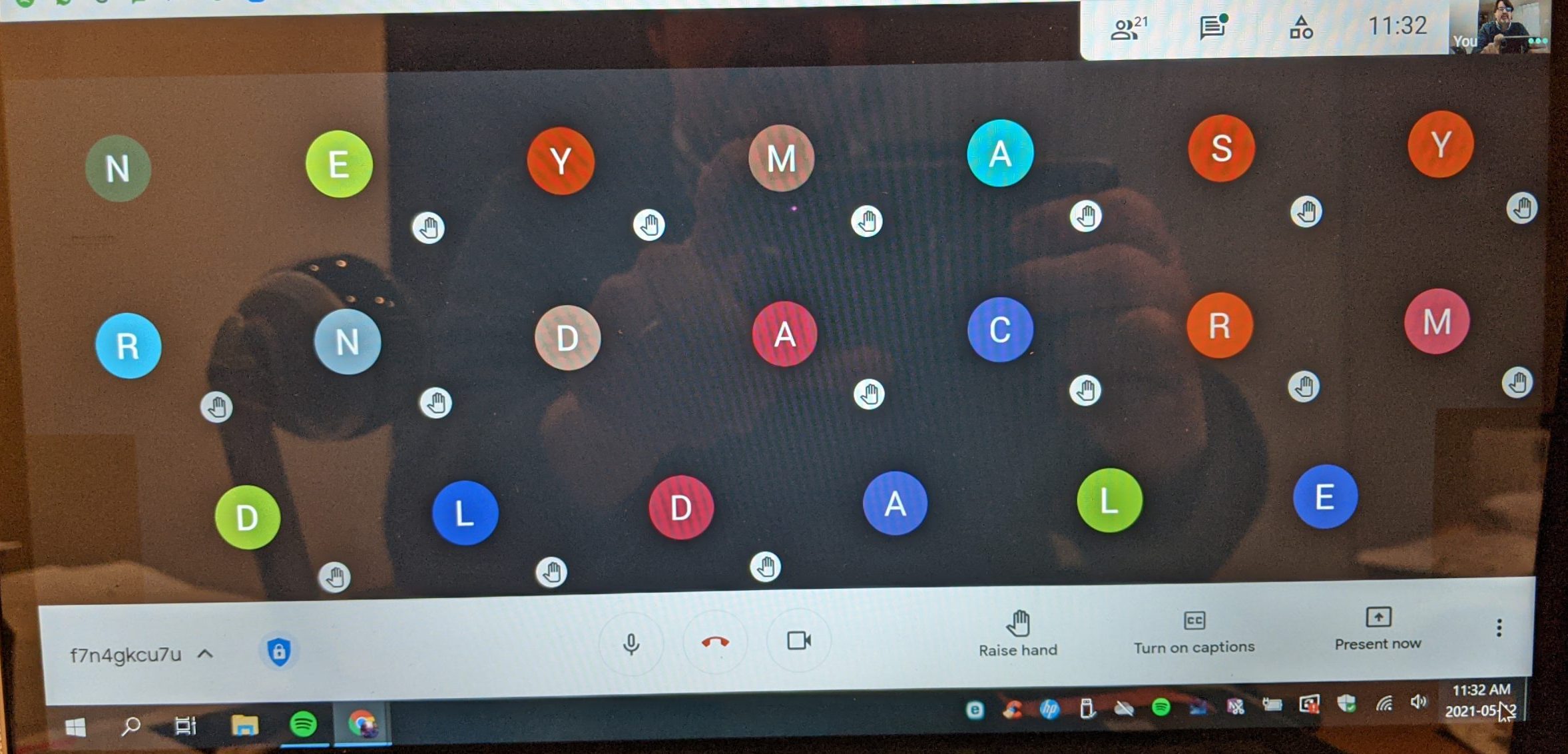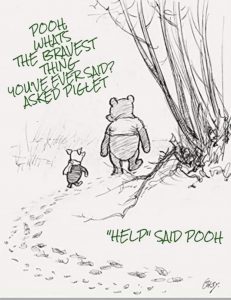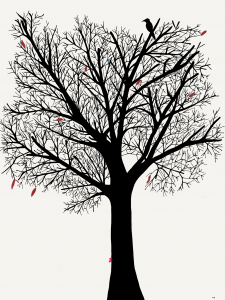The above title is not a lie, but it hasn’t always been like this. I have no intentions on adding on more unlikeable days either, even while there are forces beyond my control always at work. I am seeking to understand how and why it feels this way?
Prior to January 2020, it would have been easy to count the number of bad days I have had over 11 years of teaching on one hand – that includes the Laurel Broten years as MOE. Okay, 2 hands #FireLecce. Sadly, a year and a third later, I am using the segments of my fingers too.* I am sure that this admission probably mirrors what many in our profession are feeling whether in class or in virtual school settings. For the sake of this post, I will stay in my lane and write for myself with the knowledge that this is common ground.
Not that my students would ever notice, but there are numerous days when I find it hard to like what it takes to facilitate instruction of any sort. I am struggling to find any of the profound and prevalent joy that naturally occurs in the in-person classrooms in which I am privileged to teach. While emergency online education has occasional moments of brilliance, they seem more like faded flashes of light than beacons of lasting inspiration lighting the way forward. I perish the thought that this becomes acceptable in education beyond these “extreme and exceptional” circumstances.
These moments pass through our cold screens as quickly as posts on a social media feed. Lately, it seems as if students have become conditioned to seeking out fleeting moments of happiness/joy while on-line – something akin to the addictive need for instant gratification. They need to know the answers now, and don’t want to wait for them. Are you noticing this happening in your lockdown learning spaces?
At a time when most answers are available to learners by simply opening another tab or pointing an app at a screen, it is hard for students to get excited about “the learning” when it comes without a healthy struggle or a need to problem solve. By being able to get what they need without any demand on their intellect other than Google skills, students are missing out on some deeply foundational learning right now. The issue comes when they are asked to apply some of this instant knowledge to something different that can’t be searched.
At first, I wondered whether it was the type of questions I was asking. Were the answers googleable? Teachers can fall into that trap really easily, but it can also be avoided by asking students to evaluate and infer as part of their responses rather than to regurgitate the who, what, when, and where answers. I am a why and how guy when it comes to asking questions so most of the literal variables in questioning are out. I suggest reframing questions to help students respond to content in ways that ask for their opinions while using the lesson or text to reference and support their own ideas.
Then I wondered whether the pace of instruction was too rapid? Was I assigning too much? I teach a combined class and try to provide enough time built in for much shorter lessons with considerably more digital supports for students to reference when they are working independently. Providing time in-class, re-negotiating due dates, reminders, and check-ins are all part of the process.
Despite multiple hours of availability on and off line, students have still been struggling to complete work in a timely manner. With so much pressure to keep everyone engaged more content/lessons/assignments get shared over the course of a the instructional week, more check-ins for understanding happen, and the cycle of lockdown learnig online repeats itself. Adding more work was not the answer. Maybe variety is the answer?
So I mixed it up with TED talks, TED Ed lessons, discussions, visual Math, digital manipulatives, assessments with links to prompt and remind students, and some extra time be silly and do Just Dance. That moved the excitement and engagement needle in the right direction and then in the last little while, the cameras began staying off.
Cue the dots

This is what teaching looks like during a pandemic yet this is the reality of virtual instruction right now. Despite the differentiation it is still hard to find joy or connection in these spaces. At least the sounds of voices and the occasional witty remark in the chat lighten things in the moment. I can only imagine how hard it must be on the students who have been thrust into this virtual maelstrom and expected to perform as if nothing has changed in their lives or the world around them. I am still working on making it better for all of us in the spaces we are forced to occupy right now. In the meantime I am want to make sure that our time is meaningful, fun, and mentally healthy in advance of a return to in-person instruction in the future. Maybe then I can stop counting the unlikeable days and resume counting the amazing ones again.
Further reading
The Twitter Generation: https://tomprof.stanford.edu/posting/1182
https://medium.com/launch-school/the-dangers-of-instant-gratification-learning-d8c230eed203




 For me as a kid, there was no better feeling than opening up a new box of 64 Crayola crayons. The big box with the flip top lid and the sharpener on the side. I can remember agonizing over which colour to pick first and being so thrilled by the perfection of the colour palette in neat rows in that box. I loved to draw and colour. I could do it for hours never lifting my attention from the page. In adulthood, I abandoned doing art for pleasure. It seemed silly for me to sit around and draw or paint for no real reason. I felt I should be doing something productive. A few years ago I began to create art again and realized how much I had missed it and how much joy it brought to my life. I create digital art now, which isn’t quite the same rush as opening a box of crayons but it is easier to share with others-like the picture above. I have recently learned about the health and wellness benefits of creating. Creating is rejuvenating, it is rest and it is soul food.
For me as a kid, there was no better feeling than opening up a new box of 64 Crayola crayons. The big box with the flip top lid and the sharpener on the side. I can remember agonizing over which colour to pick first and being so thrilled by the perfection of the colour palette in neat rows in that box. I loved to draw and colour. I could do it for hours never lifting my attention from the page. In adulthood, I abandoned doing art for pleasure. It seemed silly for me to sit around and draw or paint for no real reason. I felt I should be doing something productive. A few years ago I began to create art again and realized how much I had missed it and how much joy it brought to my life. I create digital art now, which isn’t quite the same rush as opening a box of crayons but it is easier to share with others-like the picture above. I have recently learned about the health and wellness benefits of creating. Creating is rejuvenating, it is rest and it is soul food.